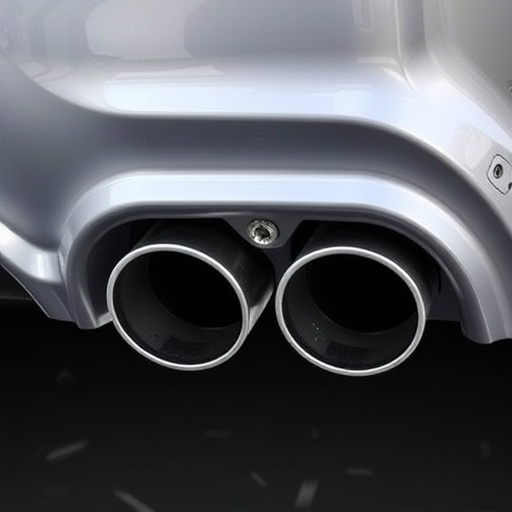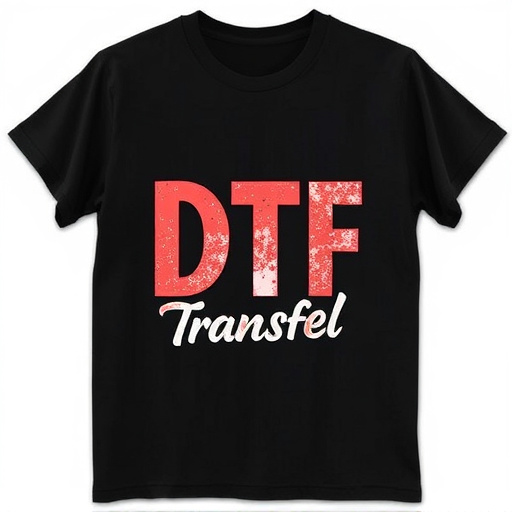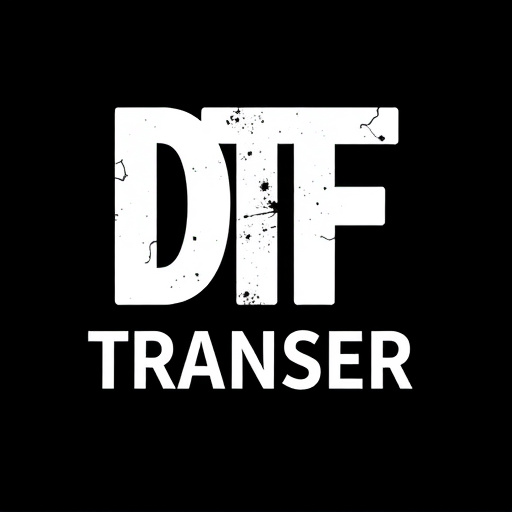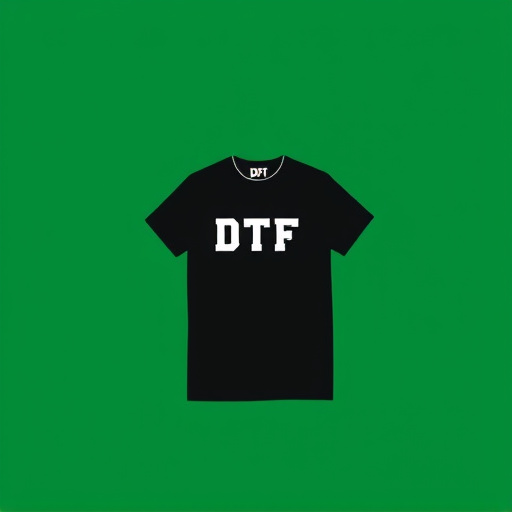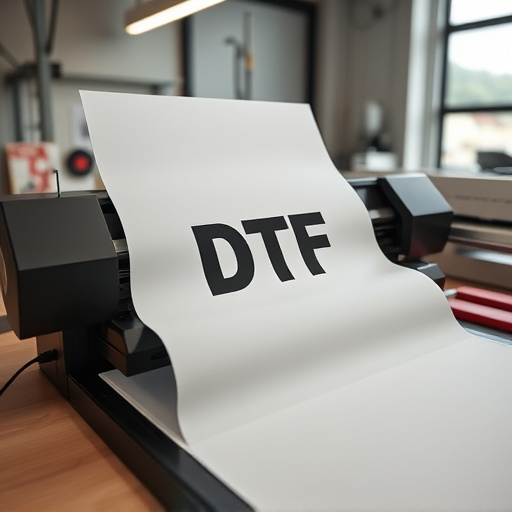Direct-to-Film (DTF) transfers have revolutionized film replication and distribution by offering swift, efficient alternatives to traditional printing methods. With turnaround times as fast as 24 hours, DTF technology delivers exceptional quality and accuracy, catering to independent filmmakers, event organizers, and marketing agencies. Advanced technologies like inkjet printing, automated systems, and rigorous quality control ensure top-notch DTF prints in a fraction of the time compared to conventional processes. This game-changer has significant applications in advertising, signage, and film production, providing businesses with competitive advantages in today's fast-paced market.
In today’s fast-paced media landscape, the demand for direct-to-film (DTF) transfers has skyrocketed across various industries. The ability to swiftly convert digital files into physical prints is no longer a luxury but a necessity. This article explores the unprecedented milestone of achieving 24-hour DTF production, delving into the technology, processes, and benefits that revolutionize film printing. From understanding the fundamentals of DTF transfers to uncovering the secrets behind high-speed production, we’ll navigate the world of DTF Printing, highlighting its diverse applications and ensuring quality assurance in a matter of hours.
- Understanding Direct-to-Film (DTF) Transfers: A Quick Overview
- The Demand for Expedited DTF Production: Why 24 Hours?
- Streamlining the Process: From File to Print in a Day
- Technology and Equipment: Making the 24-Hour Turnaround Possible
- Quality Assurance: Ensuring Accurate and High-Quality DTF Prints
- Benefits and Applications: When Speed Meets Precision
Understanding Direct-to-Film (DTF) Transfers: A Quick Overview

Direct-to-Film (DTF) transfers have revolutionized the way films are replicated and distributed, offering a fast and efficient alternative to traditional printing methods. This cutting-edge process involves transferring an image or film directly onto a photosensitive material, typically a polymer or metal, without the need for intermediate steps. DTF transfers boast exceptional quality, ensuring that every detail from the original film is accurately reproduced in the final print.
With the ability to produce DTF prints within 24 hours, this technology has become invaluable for various applications. From independent filmmakers looking to create limited-edition posters to event organizers requiring rapid reproduction of promotional materials, DTF transfers provide a swift and cost-effective solution. This method eliminates the time-consuming processes of film scanning, negative preparation, and traditional printing, making it an attractive option for those seeking quick turnaround times without compromising on quality.
The Demand for Expedited DTF Production: Why 24 Hours?

In today’s fast-paced media landscape, there’s a growing demand for quick turnaround times, especially when it comes to film transfers and prints. The traditional process of creating direct-to-film (DTF) transfers often takes several days or even weeks, which can be a significant hurdle for many content creators and businesses. This is where the expedited DTF production service steps in as a game-changer. The ability to produce DTF transfers within 24 hours meets the urgent needs of various industries, from independent filmmakers to marketing agencies, by providing them with the flexibility and speed they require.
With digital technologies advancing, the demand for DTF printing has increased, driving the need for efficient production processes. In just 24 hours, this accelerated service ensures that high-quality film transfers are readily available, catering to time-sensitive projects or urgent requests. This quick turnaround is especially valuable in situations where timely distribution or screening is crucial, such as film festivals, special events, or when a sudden demand for promotional materials arises.
Streamlining the Process: From File to Print in a Day

In today’s fast-paced media landscape, the demand for direct-to-film (DTF) transfers has skyrocketed, especially with independent filmmakers and content creators looking to bring their visions to screen swiftly. The traditional process of creating DTF prints often involves a lengthy workflow, but innovative technologies have streamlined this journey. With cutting-edge equipment and optimized procedures, it’s now feasible to transform digital files into physical DTF prints within 24 hours.
This remarkable turnaround time is made possible by integrating advanced scanning techniques, efficient color management systems, and high-speed printing presses. Filmmakers can submit their digital master files, undergo a quick quality check, and have their DTF transfer ready for printing the same day. This rapid process not only meets the urgent needs of independent filmmakers but also ensures that precious time and resources are conserved, allowing them to focus on what they do best: crafting compelling stories.
Technology and Equipment: Making the 24-Hour Turnaround Possible
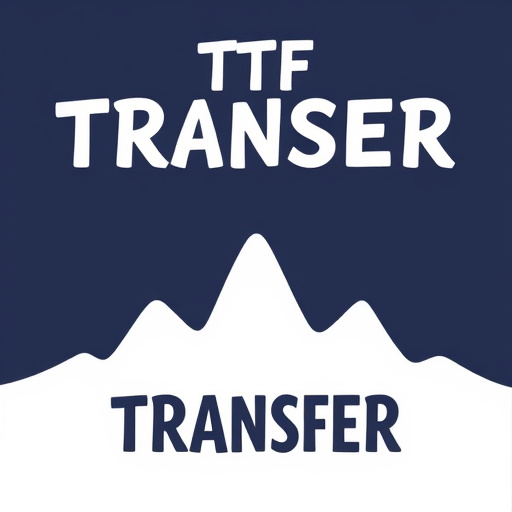
The expedited production of direct-to-film (DTF) transfers within 24 hours is made possible by advanced technology and specialized equipment designed to streamline the process. Modern DTF printers utilize cutting-edge inkjet technology, capable of precisely depositing ultraviolet curable inks onto a variety of substrate materials. These printers are equipped with high-resolution nozzles, ensuring crisp and detailed DTF prints.
Furthermore, automated systems for film cutting, laminating, and curing play a pivotal role in achieving such swift turnaround times. Computer-aided design (CAD) software allows for efficient file preparation and precise cut patterns, minimizing human error. Automated laminators ensure consistent application of protective coatings, while advanced UV curing units rapidly harden the inks, significantly reducing production time. This combination of innovative technology and optimized workflows enables DTF specialists to deliver high-quality film transfers in record time, catering to urgent needs in various industries.
Quality Assurance: Ensuring Accurate and High-Quality DTF Prints

In the rush to deliver direct-to-film (DTF) transfers within 24 hours, maintaining quality assurance becomes paramount. The process demands meticulous attention to detail, as any deviation can significantly impact the final DTF prints. Skilled technicians employ advanced imaging techniques and precise color calibration to ensure accuracy and consistency in every print. Quality control measures include thorough inspections at various stages of production, from input file verification to post-printing checks, guaranteeing that each DTF transfer meets high-quality standards.
Accurate DTF printing hinges on the seamless integration of cutting-edge equipment and expert human intervention. Specialized printers, designed for rapid production, are complemented by experienced operators who understand the nuances of material interactions and ink formulations. By combining these elements effectively, it becomes possible to produce DTF transfers that not only meet urgent deadlines but also maintain superior image clarity, color vibrancy, and overall print quality.
Benefits and Applications: When Speed Meets Precision

The expedited production of Direct-to-Film (DTF) transfers within 24 hours offers a multitude of benefits for various industries, revolutionizing their approach to printing and design. This rapid turnaround time is particularly advantageous for businesses seeking efficient solutions without compromising on quality. DTF Printing has gained prominence as a game-changer in the field of graphic arts, enabling professionals to transform designs into tangible outputs at an unprecedented pace.
Its applications are vast, catering to sectors such as advertising, signage, and even film production. With precise DTF Transfer techniques, businesses can swiftly create high-quality prints, banners, and posters, ensuring their marketing materials remain fresh and impactful. This speed and precision allow companies to adapt quickly to changing market demands, providing a competitive edge in today’s dynamic business landscape.

